Managers, supervisors, and staff responsible for the development of new ideas and systems, and those involved in problem solving, and making and implementing key decisions. This is an essential course for those who believe that change, and new improved ways of working, are the best way forward for the success of organizations.
This two-day workshop is challenging from the outset. It is a blend of ‘Trainer-led’ and ‘experiential learning’. It identifies the key concepts of creative thinking and problem solving. It gives the delegates a range of versatile and effective techniques, backed up by excellent course notes and case studies, which form a valuable reference source for the future. This course is ideal for those seeking new answers to old problems, and those in search of first time solutions to new problems!
DAY ONE
DAY TWO
Before the course each delegate will be asked to complete a Pre-Course Briefing Form to determine their individual objectives for attending the course. These objectives will be used by the Tutor to give on-target training that is focused on the individual delegates.
At the end of the course each delegate will be asked to complete a Personal Development Plan that can be used as part of future appraisals, and that will also be an important tool for management reference.
End of course ILM Assessment: Each delegate will be required to do a written one-hour Assessment at the end of the course. Delegates must get a 50% pass mark to receive an ILM Certificate.
Total Investment: AED 4,600/- + VAT, which includes – ILM Registration, Training Materials, Lunch and Refreshments. Discount available for multiple bookings.
The creative problem solving course is for managers, supervisors, and staff responsible for generating and developing new ideas and systems; those involved in creative problem solving, who need to make, and implement, key decisions to meet the new challenges in the rapidly changing global market.
Problem solving and decision-making belong together. Despite all the natural decision-making that goes on and the problem solving we do, some people are very uncomfortable with having to make decisions. You cannot solve a problem without making a decision. There are two main types of decision makers. Some people use a systematic, rational approach, when solving problems or making decisions, while others are more intuitive. They go with their emotions, or a ‘gut feeling’ about the right approach. They may have highly creative ways to address the problem, but often cannot explain why they have chosen this approach. It may seem obvious, what you have to do, to address the problem. Occasionally, this is true; however, most times, it is important to identify possible alternatives. This is where the creative side of problem solving comes in.
Some people avoid making decisions. Not making a decision is in itself ‘a decision’! By delaying a decision, you may eliminate a number of options and alternatives, but you may lose control of the situation. In some cases, a problem can escalate, if not dealt with promptly. Once the decision has been made, it must be implemented. With major decisions, this may involve detailed planning to ensure all sections of the operations / departments are informed of their part in the change.
When you have implemented a decision, you need to evaluate the results. The outcomes may give valuable advice about the decision-making process, the appropriateness of the choice, and the implementation process itself. This information will be useful in improving the response the next time a similar decision has to be made.
Your creative side is most useful in identifying new, or unusual alternatives. Too often, you can get stuck in a pattern of thinking that has been successful in the past. You think of ways you have handled similar problems in the past. Sometimes this is successful; however, when you are faced with a new problem, or when your solutions have failed, you may find it difficult to generate new ideas.
The creative problem solving course is for those who believe that change, and new improved ways of working, are the best way forward for the success of organizations.
Pre-Course Assignment:
Delegates will be requested to bring a situation / challenge / problem from their workplace to the training, that requires the application of creative thinking.
Please contact us for specific details on the courses we are running. Our Business Development Team will be happy to provide you with further details.
Before the course, each delegate will be asked to complete a Pre-Course Briefing Form to determine their individual objectives for attending the course. These objectives will be used by the Tutor to give on-target training that is focused on the individual delegates.
At the end of the course, each delegate will be asked to complete a Personal Development Plan that can be used as part of future appraisals, and that will also be an important tool for management reference.
For ILM programs, each delegate will be required to do a written one-hour assessment, upon course completion. To schedule your assessment dates, please coordinate with your client relations executive.
Total Investment ONLINE: AED 3,400/- + VAT, includes ILM Registration

Tax Registration Number (TRN) 100044986600003 for VAT purposes in the UAE only